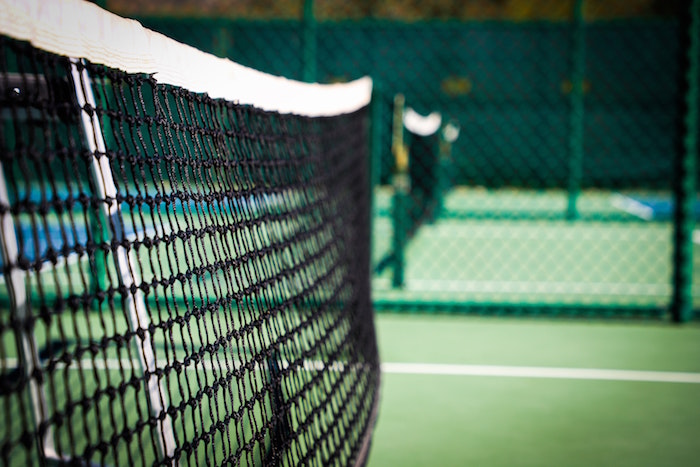
Why Pickleball Nets Matter More Than You Think
Pickleball’s meteoric rise shows no signs of slowing, drawing both young athletes and active adults to parks and gyms everywhere. In the scramble to join the action, many players pour resources into paddles and sneakers, yet underestimate the crucial role a good net plays in gameplay. The right net transforms the game, offering sturdy support for hard drives and delicate drinks alike, while a flimsy or incorrectly sized one frustrates rallies and leads to avoidable arguments. As you assemble your court or help guide your local club, investing in premium pickleball nets inherently improves the play experience, ensuring rules are followed and matches remain consistent, whether casual or competitive.
The movement toward quality nets reflects broader growth in club and league play, where consistency is key for scorekeeping and maintaining a friendly yet competitive environment. No one wants to argue over net height or see a game derailed by equipment failures. Official standards and everyday use can blend seamlessly when you select nets made to endure the demands of regular play.
Key Features To Look For In A Pickleball Net
Net construction is crucial for high performers, as it separates them from frustrating also-rans. Sturdy construction, such as steel or reinforced aluminum frames, is essential for withstanding transportation, setup, and impact from errant shots without warping or breaking. Easy adjustability is also important, with a quality center strap or tension system preserving regulation height match after match. Weather-resistant materials, such as rust-resistant frames and UV-protected mesh, are beneficial for garage and gym nets. Double-check for regulation size, especially for club events or tournaments, as short or sagging nets distort play and disadvantage new players. Quick setup is also essential, with smart design, color-coded poles, and straightforward locking systems that simplify assembly, saving time both at home and when preparing for events.
Official Net Specifications: Staying Within the Rules
Regulation pickleball nets are 22 feet wide and have a height of 36 inches at the sidelines and 34 inches at the center. This site is crucial for both beginners and experienced competitors, as slight deviations can significantly impact gameplay and undermine the sport’s unique challenges. Clubs and organized leagues now insist on nets that match these dimensions. Park districts across the U.S. now prioritize correct net heights, encouraging players to expect a regulation setup. This movement has encouraged double-checking net specs, even in informal backyard matches, bringing the grassroots and pro scenes closer together and making every game fairer, regardless of the location.
Portability vs. Permanent Nets: What’s Right For You?
Portable nets offer flexibility for families, event coordinators, and traveling enthusiasts, making them ideal for hosting impromptu games at neighbors’ driveways or community centers. They are also useful during tournaments or fundraisers where multiple courts are needed for a short period. Permanent nets, on the other hand, are ideal for club owners or those with dedicated backyard courts. They have secure posts and heavy-duty cable systems, ensuring tension is held reliably and resisting wear and tear. Although installation is more involved, the benefits include pro-level play and zero hassle with every game. Permanent nets can handle extreme weather and provide stability during rallies.
Tips for Home and Club Setups
- For home courts: Look for a lightweight yet sturdy frame with an all-weather finish, allowing you to easily move the net in and out of storage. Carrying bags adds further convenience, encouraging spontaneous matches without the need for complicated preparation or cleanup. Avoid overly complex setups, as maintenance and repairs become daunting if parts are easily lost or damaged.
- For Clubs and Parks: Prioritize heavier-duty frames and tighter-weave mesh, which withstand repeated matches, errant hits, and outdoor conditions. Many advanced nets offer thicker end posts, ground anchoring stakes, and easy-to-read assembly guides. Weather fencing can reduce wind interference in exposed areas, and regular maintenance routines keep everything tournament-ready.
- Assembly Tips: Choose nets with labeled or color-coded poles, snap-lock fasteners, and clear instructions. This ensures that volunteers and new members at clubs can set up quickly while reducing frustration and setup errors. For multi-court facilities, uniform nets simplify supervision and enforcement of rules, especially during large events.
